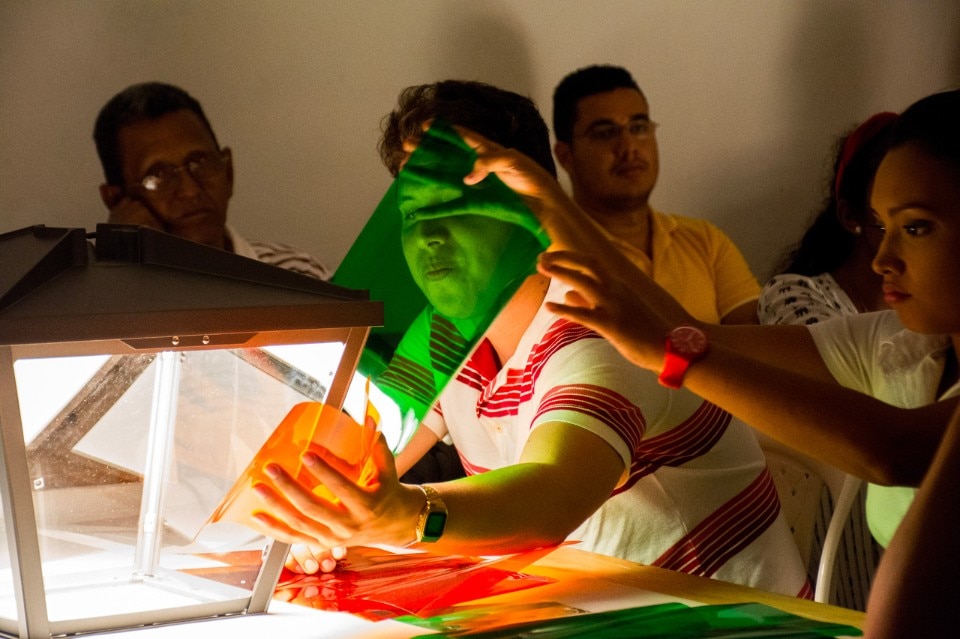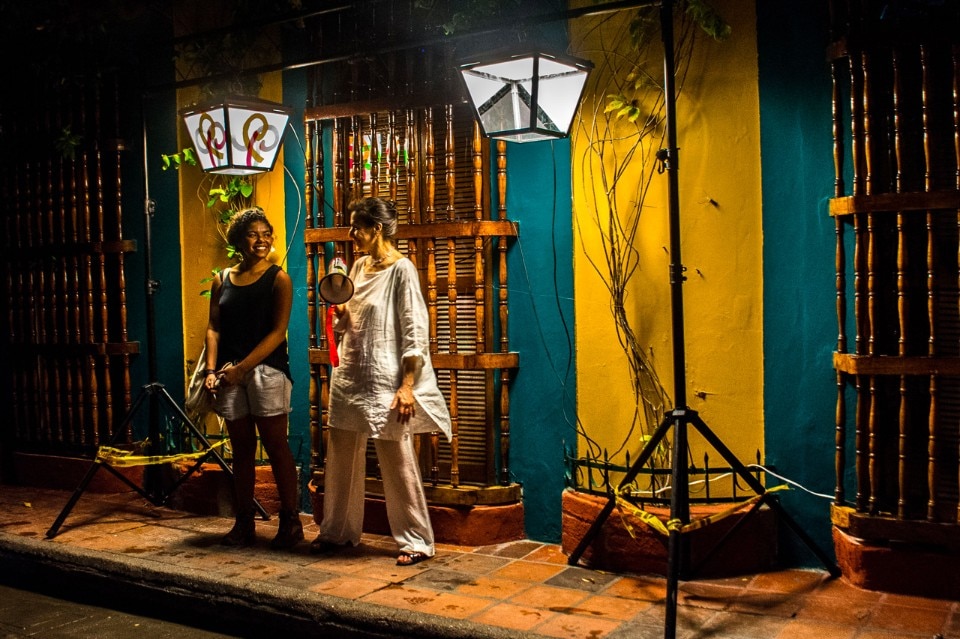
Urban design often neglects the nocturnal city. It is time to recognize the changing character of public space after sundown. The practice of Nighttime Design is a critical response to the after-dark experience, proposing new lighting solutions based on the in-depth study, for example, of local mobility, spatial elements, and activities. Nighttime Design positively impacts public health: illuminated streets extend walking hours, increase the number of social encounters, and stimulate economic activity through after-dark cultural and retail offerings. It also improves general wellbeing and feelings of safety in the community through crime reduction.
Nighttime Design values local design solutions. In the case of the Cartagena-sited project, workshops and social/technical research led to the development of a universal LED lantern customized and localized for the area’s streets. The project team had two overall ambitions: the first was to conduct research and develop a sustainable Nighttime Design concept and methodology; the second was to improve community connections and galvanize local stakeholders through the use of private property for public lighting. During a community work session, in July 2016, operational 3-D lantern sketches were created to show how a neutral, modern object could be localized according to a specific urban environment — its culture, values, and symbols. With its blend of old and new components, the lantern prototype accentuated the character of Getsemaní. Its collaborative methodology brought together the interests of residential and commercial actors.


